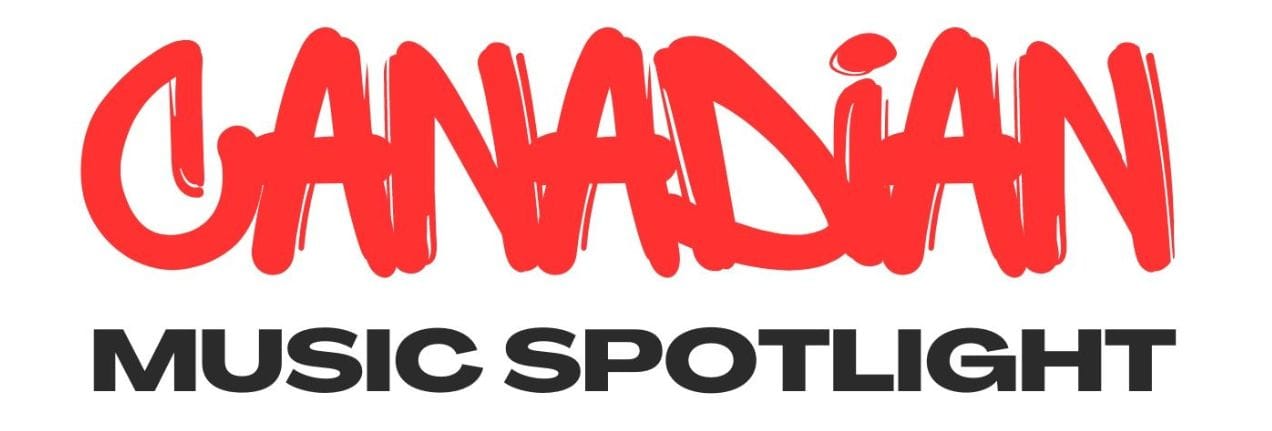Musicians, Their Instruments, and the Never-ending Upgrade

By Kevin Young
Some people describe their most treasured instrument as an extra limb, an extension of themselves, or an inspiration in and of itself. As someone who has toured with a bulky, much-loved, deep green Wurlitzer 200A (that’s almost ended up in the pit more than once), I get it.
Since I started gigging, my keyboard setup has evolved from one keyboard to a multi-keyboard rig (plus an almost human-sized rolling rack) to a lean, road-ready fly pack.
The transition started after a singer soaked my only keyboard with water on stage. I became obsessed with backing up my system. That resulted in a mix of vintage keyboards, digital organ/synthesizer simulators, samplers, controllers, rack-mounted sound modules, computers, and DAWs. Among my choices were cutting-edge samplers with dodgy operating systems (1999) and various computer/iPad-based DAWs, including Ableton Live, Beatmaker, and a hardware host for software instruments, the Muse Research Receptor 2014).
My Holy Grail was rock solid, stable system with real-time control for patch switching and expression/sound manipulation – essentially two rigs in one (main and backup) that I could switch between seamlessly if one screwed the pooch.
If you don’t need to trim your system, by all means, stick with the real deal. However, if you are trying to cut down on what you’re carrying, here are a few things to keep in mind.
1. Age isn’t just a number
That lovely vintage sound module/keyboard you bought on eBay – it’s going to fail eventually. If you must use vintage gear – be it an electro-acoustic or multi-purpose sound source (i.e., the Roland JV 2080 – one of my personal favourites from the way back), back it up with a second, identically programmed unit, and any parts that are necessary to make it function; for example, proprietary wall warts, expansion cards, and any tools you need to service it. Note, if that’s a Wurly, that means extra tines and a soldering gun.
2. Know your enemy
I should have known that not spending a bit more on an SD drive for the Muse Receptor would mean vibrations on stage would become an issue. But I didn’t know Muse Research would go belly up, and I’d end up with an expensive ‘brick’ in my possession. When considering any new instrument/software/hardware, research, read reviews, test it out if you can, and/or contact an experienced user and seek their wisdom.
3. Depreciation and obsolescence
No matter how cutting-edge an instrument is, it's depreciated by the time you get your hands on it. If something sounds too good to be true, it likely is. Beyond meeting your current needs, whatever you purchase should meet those needs for as long as possible – in terms of available technical support/replacement parts, and is commonly available for backline rental. If a keyboard is popular and the manufacturer's released multiple product iterations (upgrading rather than abandoning the line), you’re making a decent hardware choice.
4. Considering drinking the Kool-Aid – Whatever flavour it may be
Multi-instrument setups usually have products from multiple manufacturers. That’s all good. But, if you’re backing that up or running an entirely DAW-based system, consistency is critical for troubleshooting and streamlining programming time/on-stage workflow. I used to use third-party software, but Mac’s constant OS upgrades and the time lag between my DAW of choice optimizing their software for said upgrades became so tiresome I opted to use MainStage exclusively. That’s not to say you should go that route. It's just something to remember when pulling the trigger on a new platform.
5. Chart a course
Create a detailed diagram of what 'keyboard world' looks like and functions, including every instrument, peripheral, and connection: audio, MIDI, data, and power. Then, put yourself into the picture – does the layout work for performance? For troubleshooting? Can you switch between main/backup on the fly? This is essential for streamlining the size of the overall system, the types/number of cables connecting everything, and the choice and placement of peripherals like audio interfaces.
6. Go to the mountaintop
If you need or want help, find a guru who knows the DAW, hardware, or vintage doodads you’re using inside and out, particularly if you’re replacing or dramatically reworking your stage rig. Not just someone who knows a lot about gear (or has a lot of equipment) but is familiar with the quirks of the platform(s) you’re deploying. Company tech support is helpful but rarely enough. Expert advice on what to purchase and how to put it together (see #5) will save you time, money, and no small amount of frustration. Even if you’re comfortable going it alone, an extra set of eyes/ears is useful. Ultimately, you should know your system better than anyone else, so, finally, if you are looking for help – find someone with a ‘teach a man to fish’ approach.
7. Hope for peace, but prepare for war
Prepare for every eventuality. No matter how carefully you select components/instruments and design the rig, Murphy and his cursed law are always lurking in the background. So, whether you subscribe to my ‘every component needs a dedicated backup’ approach or not, make sure you’re carrying backups for anything that can easily get lost or fail: sustain pedals, every type of cable (including power), tools, tape, etc.
As attached as you may be to a long-time, much-loved instrument, change is inevitable – with any luck, some of this will make that change easier to embrace if/when it becomes necessary.
Kevin Young is a Toronto-based writer, musician, and freelance contrarian. He is a founding member of Canadian alt. Rock band Moist and a regular contributor to a variety of music, lifestyle and production outlets.
He can be reached at kyoung.core214@gmail.com.
